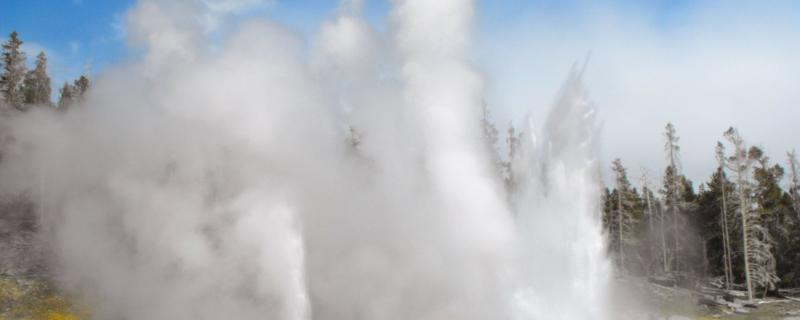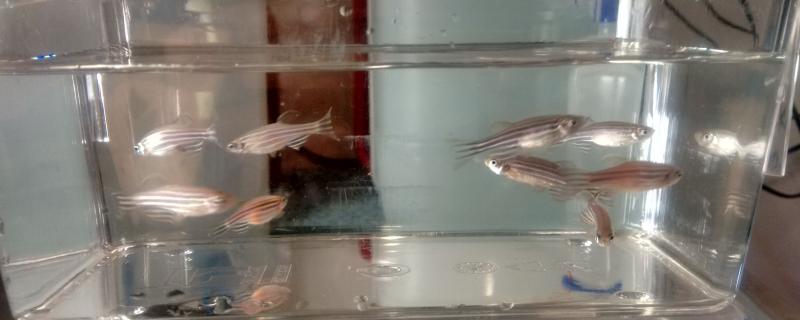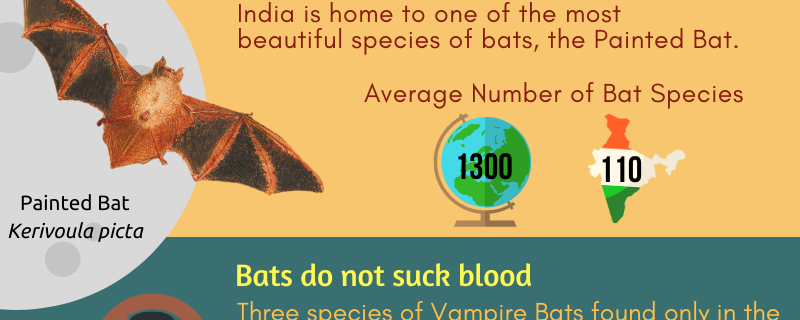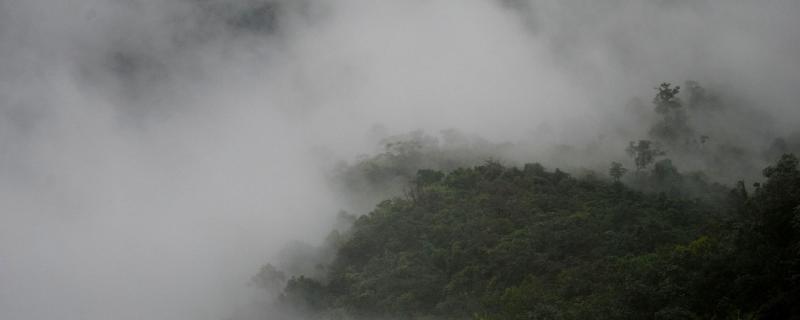Nature has an incredibly diverse array of life-hacks that can help us better solve various problems. Interesting phenomenon and natural resources can be abounding in even the most unexpected corners. One such unexpected location are the various hot water springs of Himalayas.
Archives
Although Solar energy has been often hailed as a green source of energy, shortcomings in conventional silicon based solar cells and the environmental damage caused during mining and manufacturing of such cells raises questions on the green nature of the energy. In a breakthrough, scientists have developed organic solar cells, developed from indigenously developed discotic liquid crystal, that could provide an alternative.
We live in a world where day to day objects seems to be getting smaller and better. The advent of nanotechnology is a major contributing factor to this phenomenon. Defined as the “engineered construction of matter at the molecular level”, nanotechnology has applications and uses in a multitude of fields.
An important aspect in the life of social animals is to gather information from others in their group. Young members of the group also learn how to forage, feed, evade predators and attract mating partners from older members. Scientists from Indian Institute of Science Education and Research, Kolkata explore how Zebra fish, that live in shoals of 20 individuals in the wild, learn informations from their partners in a laboratory environment.
Plants belonging to the genus Parthenium are native to the North American tropics. These hardy plants have moved out of their native range and colonized far off countries like Australia, parts of Africa and even India.
Bangalore’s second Moving Waters Film Festival brought with it stories of beauty, despair and hope, from water bodies from all over the world. Based in India, it is the first film festival of its kind devoted to oceans and rivers. This year, the film festival was held in two of the nation’s major cities - Bengaluru and Chennai.
Among the hustle bustle of people in India, survives the country’s fascinating biodiversity. Finding their way through all these lives is an incredible diversity of bats. Let us understand how we can coexist with these beautiful, yet misunderstood creatures of the night.
With the advances in technology our knowledge of subatomic particles and how they behave has improved considerably. But much is yet to be discovered in the subnuclear realm. Scientists from the Indian Institute of Science Bangalore, Horia Hulubei National Institute for Physics and Nuclear Engineering, Romania, and Physical Research Laboratory, Ahmedabad have developed a theoretical framework to measure the diameter of a Pion.
Everyone Indian eagerly waits for the arrival of the monsoon rains. Some to just get relief from the sweltering heat while others, like farmers are dependent on the monsoon for their crops. Even though the arrival of the monsoon in Kerala is predicted accurately every year, the monsoon predictions for the other parts of the country have not been dependable. Now, scientists from the Indian Institute of Science, Bangalore have devised a new mechanism to predict the arrival of the monsoon in central India up to one month in advance.
Rapid Industrialization and technology development have placed a high demand on fossil fuels and other energy sources. While fossil fuels are still the most efficient of the energy sources, their adverse effects on the climate along with diminishing oil reserves, has prompted scientists to look for other, environmentally friendly options of fuels.










